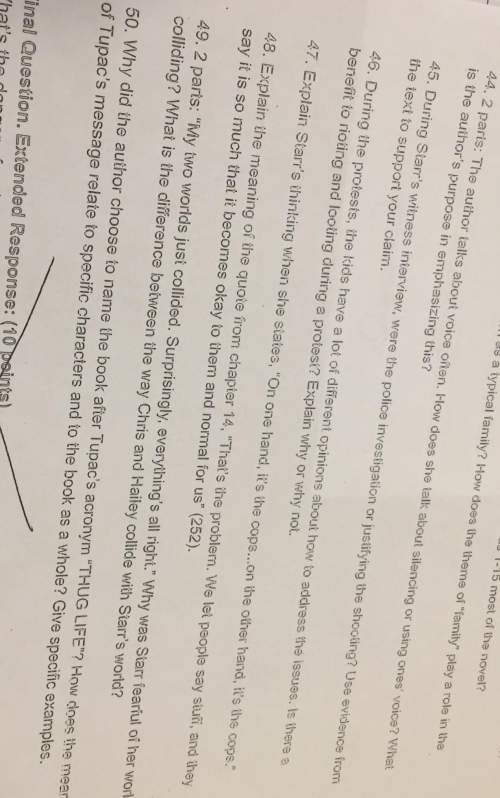
English, 04.12.2020 19:20 BornAdopted21
I NEED HELP ITS DUE IN 15 MINUTES I WILL MARK BRAILIEST 45 POINTS
"An Early Missile Guidance System" In December of 1941, the United States of America entered World War II. During the next four years, the nation would be called upon to make great personal sacrifices and to arrive at innovative solutions to life and death problems on a global scale. The nation’s creative energies were harnessed as they had never been before. Some of the ideas and plans that were implemented during that period were brilliant. Others were discarded as impractical. Some of the initiatives displayed a rare and brash boldness typical of the American spirit. The story you are about to read is one of these. Early in the war the nation’s military began to think seriously about the development of a guided missile system of the type routinely used in military engagements today. The potential benefits were clear. An unmanned missile system would be cost-efficient, since people would not have to be trained to fly it. If we could guide an unmanned missile toward an enemy target, the likelihood of hitting the target would be increased. American lives would be preserved and enemy strength would be weakened. Also, our military knew that the Germans were working on an unmanned missile system. Thus, they urgently sought a solution to the guidance problem. A potential solution came from an unlikely source: Dr. B. F. Skinner, a nationally prominent psychologist. Dr. Skinner made an appointment to demonstrate his system to a room full of high-level military decision makers. The demonstration was very successful. The guidance system was small and performed with high levels of accuracy on test targets. Then, one of the enthusiastic military observers asked for an explanation of how the system worked. Dr. Skinner responded by opening the case housing the system. Inside was a pigeon that had been trained to keep a pointer on a moving target. The pigeon controlled the pointer by pecking at a bar that determined the pointer’s position. Dr. Skinner controlled the pigeon’s behavior by the use of rewards. When the bird was performing the task successfully, small food pellets were automatically dispensed. This encouraged the bird to perform its assigned task as successfully as possible. As you might guess, Dr. Skinner’s solution was a bit too bold for adoption by the military. Nonetheless, in my view, it was an innovative solution to what at the time was a difficult problem to solve.
From "An Early Missile Guidance System"
Which conclusion can you draw from the information in this text?
A. Military personnel were very surprised at how Dr. Skinner's system operated.
B. Military personnel were more concerned with saving money than with being innovative.
C. Military personnel had often employed birds to assist in battles.
D. Military personnel had gotten plans for missiles from Germany.

Answers: 2
Another question on English

English, 21.06.2019 15:00
What are the affects, consequences of drinking and smoking underage? how can the young person then get support on how to stop them from drinking and smoking?
Answers: 1

English, 21.06.2019 18:00
12. why do you think that using a conversational tone with plain language when writing businesses messages is a good idea?
Answers: 3

English, 22.06.2019 03:30
What type of persuasive appeal seeks to show that an argument is correct or valid
Answers: 1

English, 22.06.2019 05:00
Which phrase refers to the contrast between what is expected to happen and what actually does happen? situational ironydramatic ironyverbal ironyconflict and resolution
Answers: 2
You know the right answer?
I NEED HELP ITS DUE IN 15 MINUTES I WILL MARK BRAILIEST 45 POINTS
"An Early Missile Guidance System...
Questions

Biology, 28.07.2019 21:30









History, 28.07.2019 21:30

Social Studies, 28.07.2019 21:30


History, 28.07.2019 21:30

Mathematics, 28.07.2019 21:30









